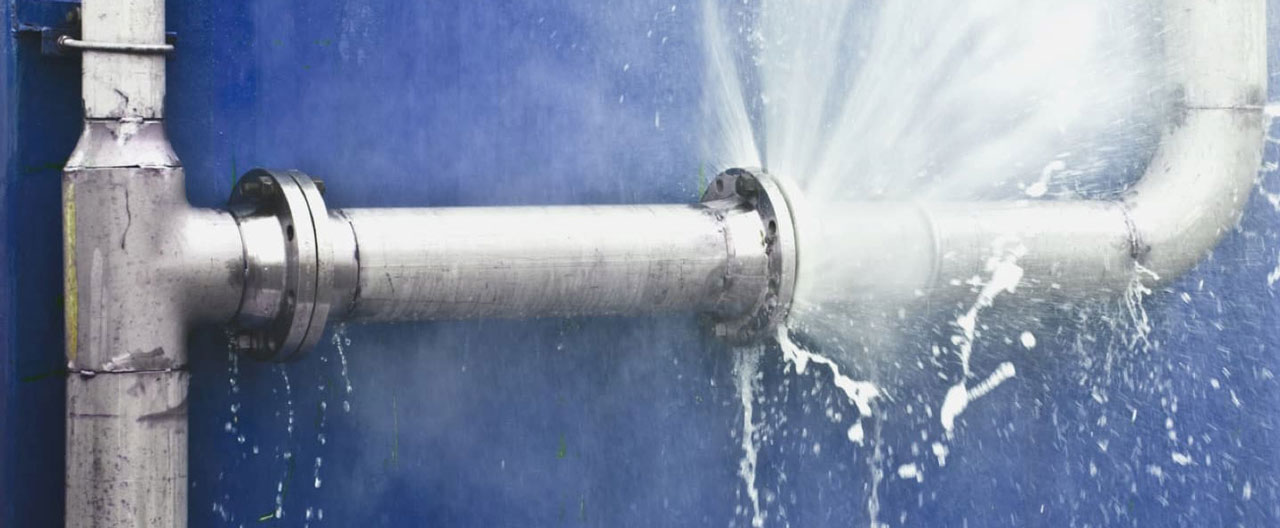- Individuals & Families
- Businesses
- Brokers
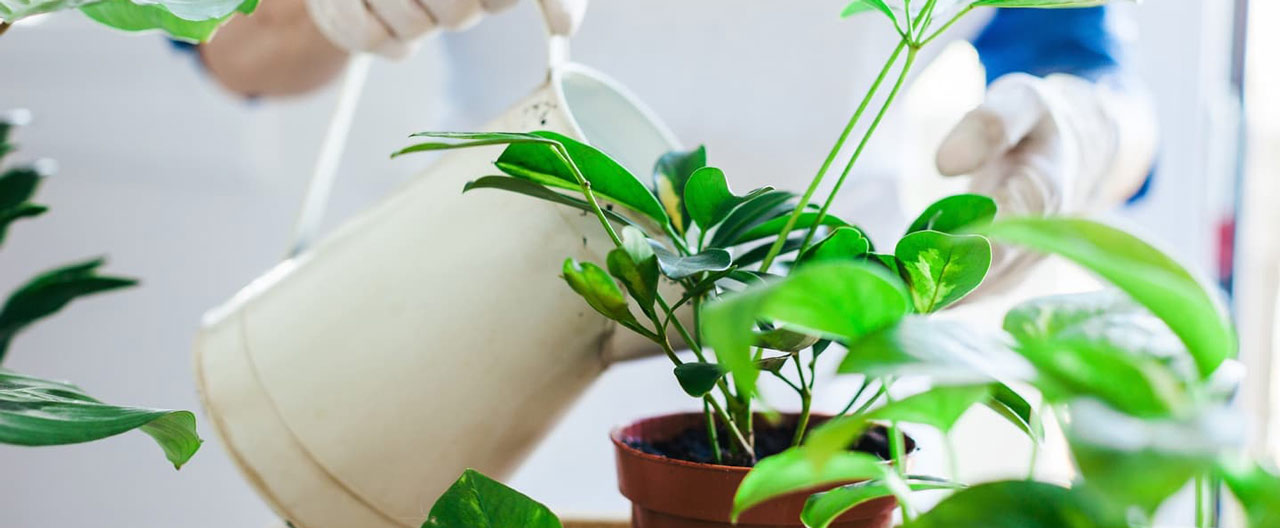
With winter on its way out, you may be ready for some spring cleaning.
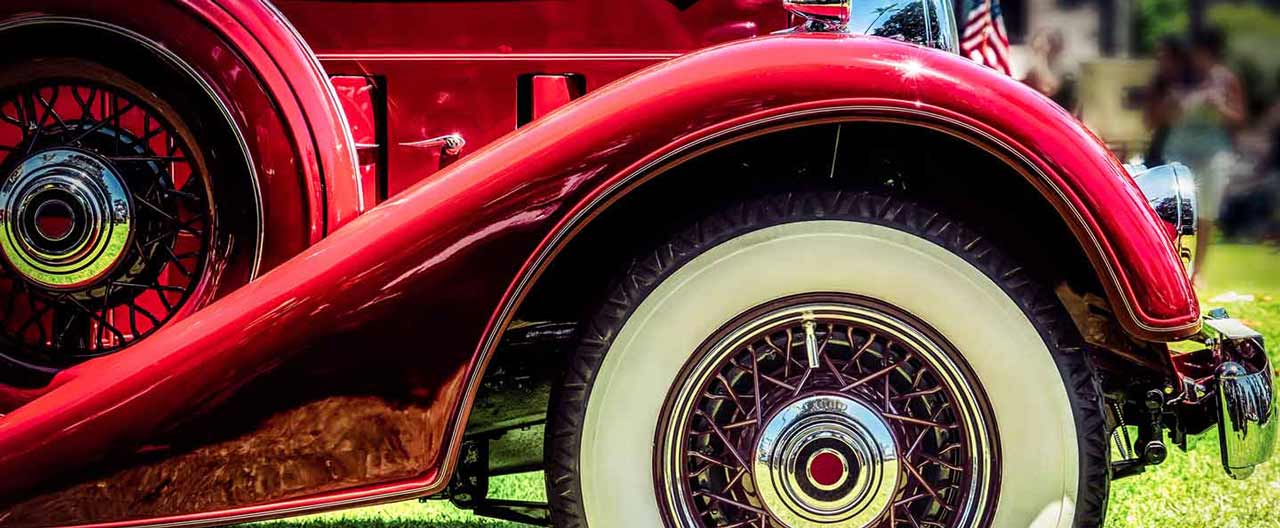
Make sure you protect your classic cars from damage or additional wear and tear.

Keep your important papers and small valuables away from burglars, fire or natural disaster.
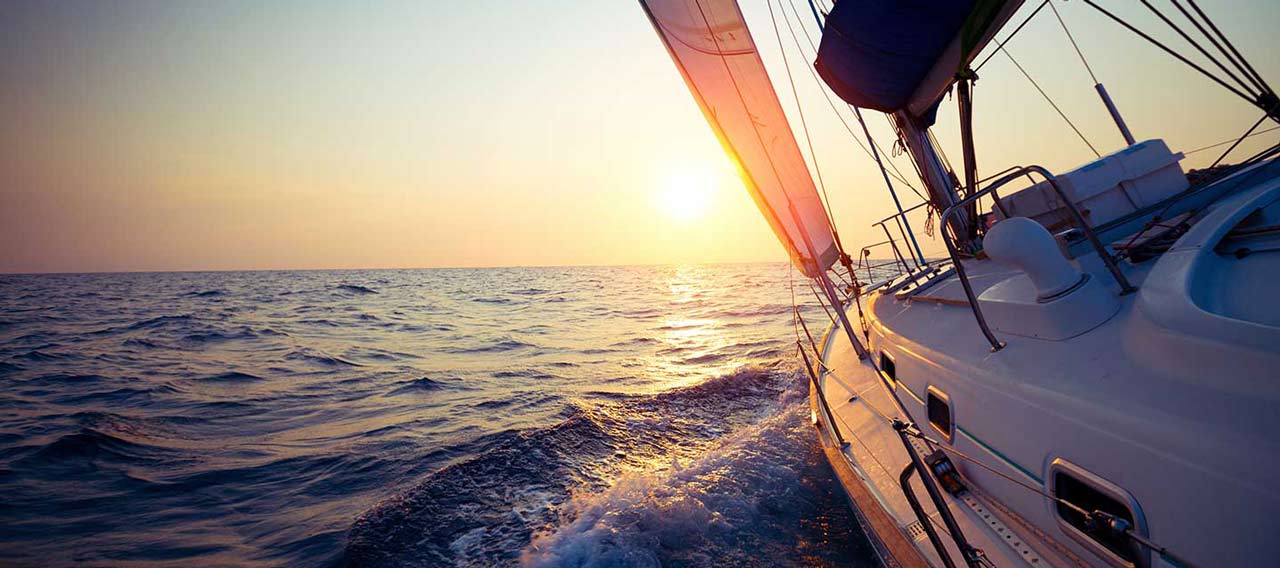
For over a hundred years, we’ve offered unparalleled stability and protection for small boats, yachts, luxury mega-yachts, and more.
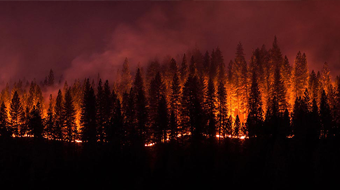
Here are some things you can do to assist firefighters and minimize the damage to your home.

At their worst, disputes between professional service firms and their clients can lead to costly lawsuits.
Have you taken the steps needed to keep pipes in your home from freezing in cold winter weather? When pipes freeze, the extra pressure within the pipes can cause them to burst, leading to water damage in the home. Here are a few simple ways you can keep your pipes warm and your home dry, even in the coldest of winters.
1. Keep thermostats in outbuildings and second homes at 12.8 degrees Celsius.
If you have a guest or pool house, or have a home with multiple heating zones, make sure to keep them all at a minimum of 12.8 degrees Celsius, to prevent frozen pipes in the winter months. For buildings that you won’t use at all in the winter, you can turn off the main water supply and drain the pipes instead.
2. Add insulation to outside walls that contain pipes.
Exterior walls can get much colder than inside walls. If you have plumbing in outside walls, you may want to add an extra layer of insulation to ensure that your pipes are protected. If you see moisture or mold on the interior wall surface, surface cracks or nail pops, or your walls feel cool to the touch, consider reinsulating or using spray foam to add protection.
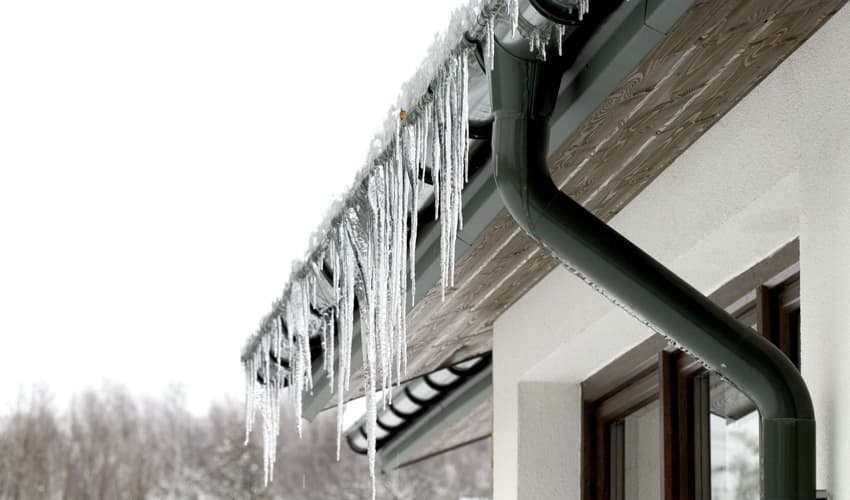
3. Use snap-on insulation for pipes in unheated areas.
If you have plumbing that is routed through unheated areas like attics, crawl spaces, and garages, consider adding snap-on insulation to the pipes to prevent freezing. You can also use heated plumbing tape/cable that automatically turns on when temperatures approach freezing.
4. Install smart technology.
To further ensure that your home stays dry and water-damage-free, you can install the following:
- Low temperature sensors that send alerts to your monitored alarm system if temperatures approach freezing
- “Smart home” thermostats that you can monitor and control remotely
- Permanent back-up generators that automatically power your heating system when you lose power
- Water leak detection systems that automatically shut off your water if a leak occurs

5. Disconnect hoses and protect outside spigots.
When water freezes in a hose that is attached to an outside spigot, it increases the pressure in the home’s pipes, which can then expand and burst inside the home. To prevent this, drain and disconnect all hoses, and turn off the water to outside spigots during the winter, especially if you don’t have frost-proof spigots. You may want to cap those spigots with faucet insulators too.
Insights and expertise

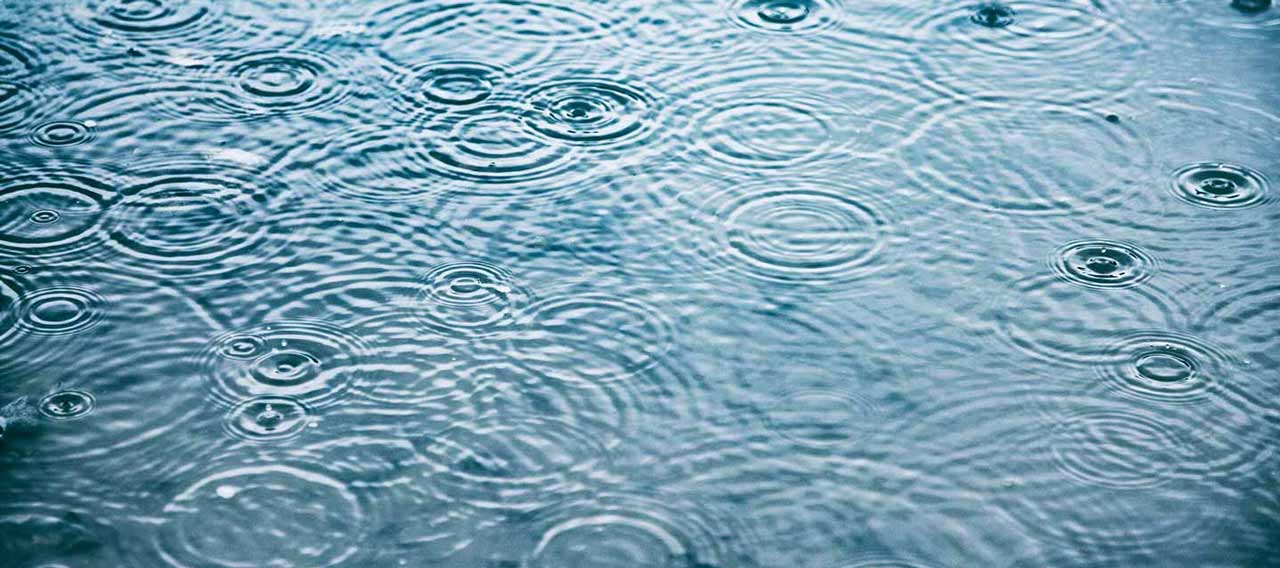
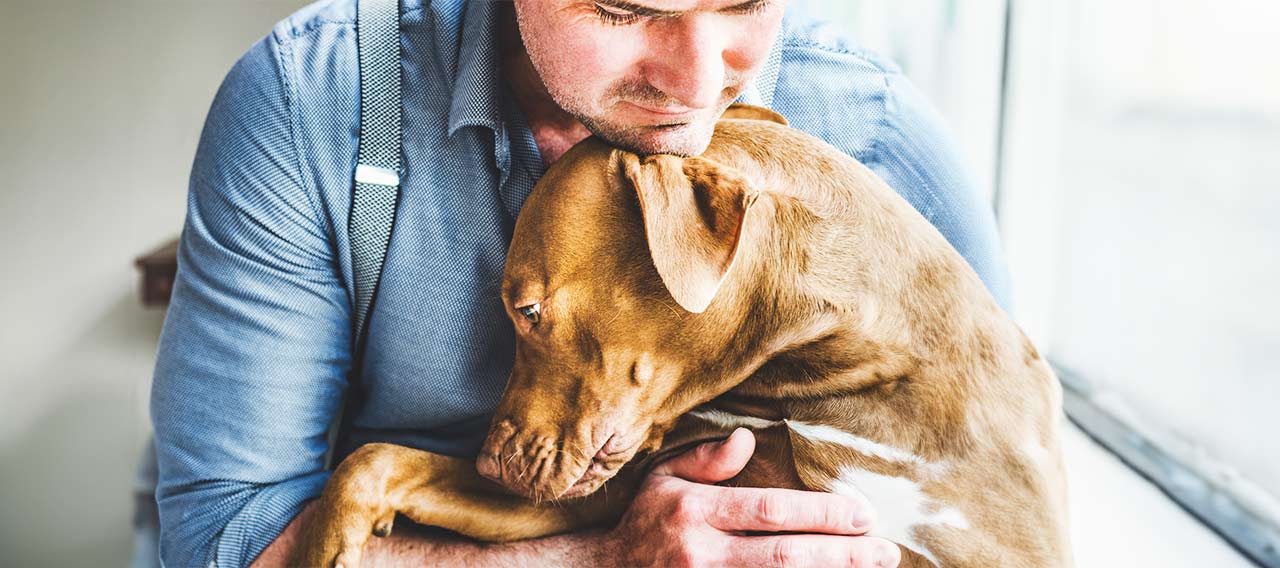
This document is advisory in nature and is offered as a resource to be used together with your professional insurance advisors in maintaining a loss prevention program. It is an overview only, and is not intended as a substitute for consultation with your insurance broker, or for legal, engineering or other professional advice.
Chubb is the marketing name used to refer to subsidiaries of Chubb Limited providing insurance and related services. For a list of these subsidiaries, please visit our website at www.chubb.com. Insurance provided by Chubb Insurance Company of Canada or Chubb Life Insurance Company of Canada (collectively, “Chubb Canada”). All products may not be available in all provinces or territories. This communication contains product summaries only. Coverage is subject to the language of the policies as actually issued.

